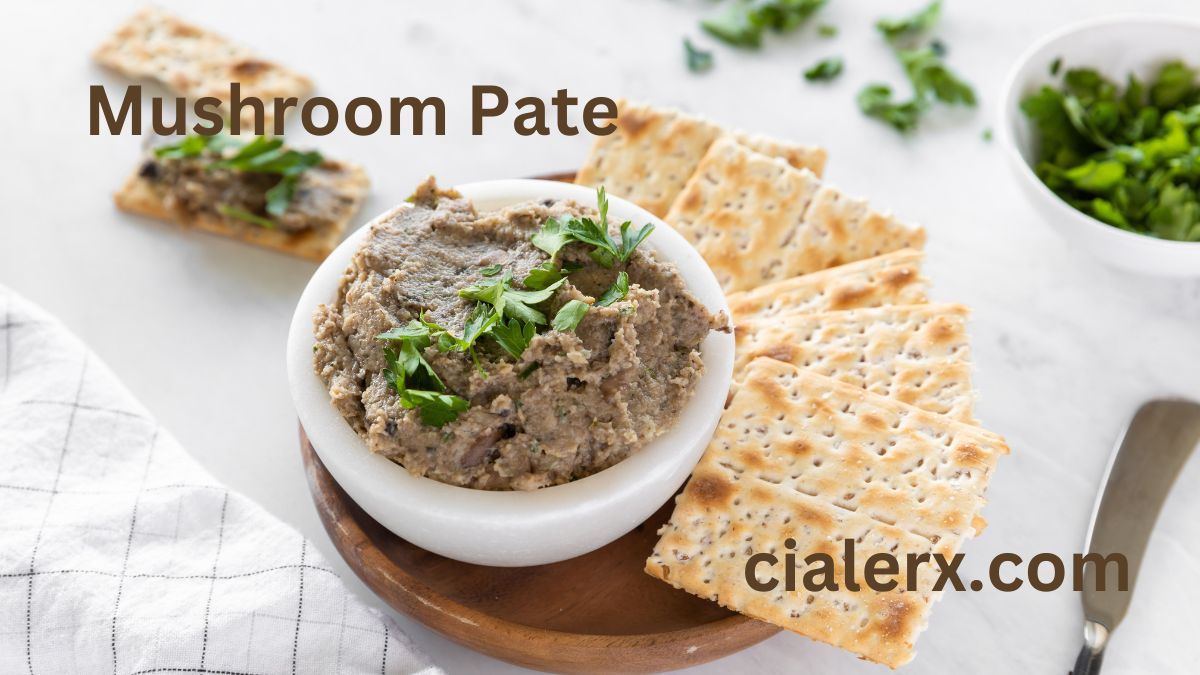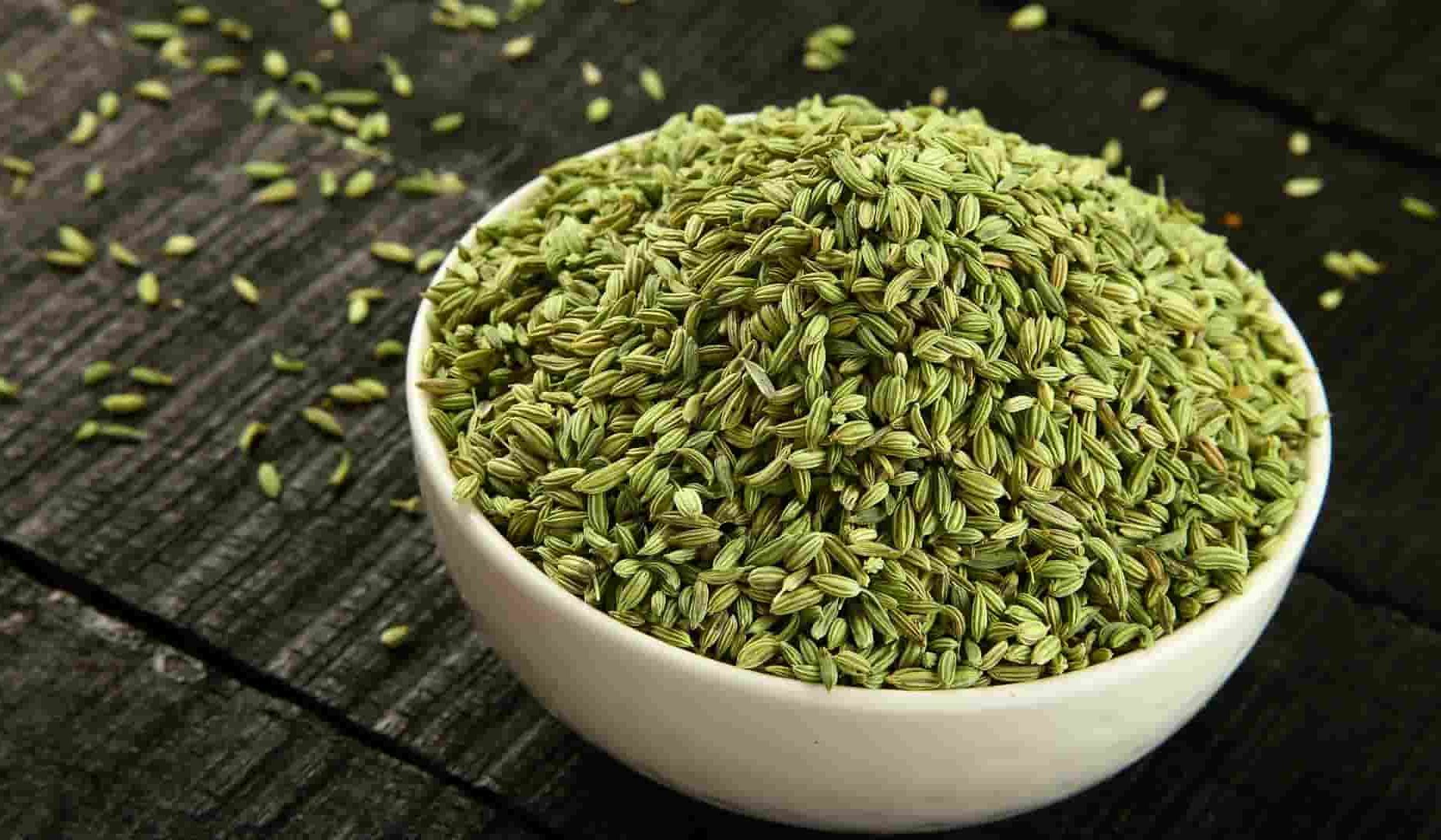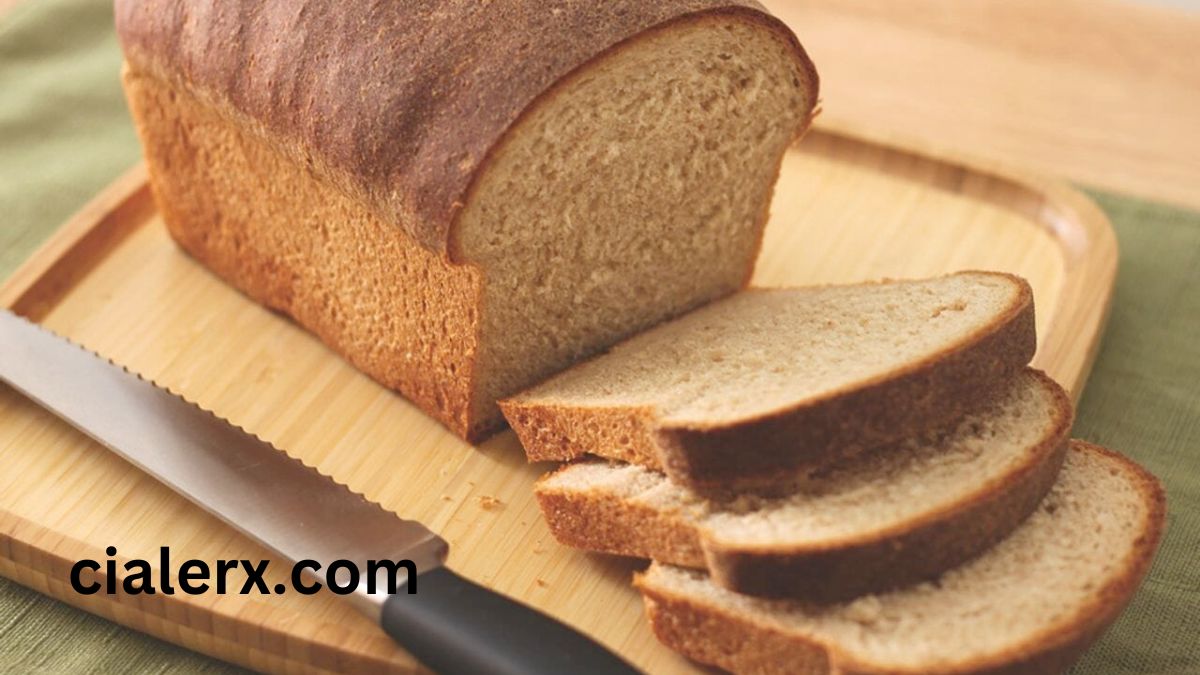FOOD
Awesome Mushroom Pate Recipe

Ingredients (Mushroom Pate)
- 1 tbsp olive oil
- 1 medium onion, finely chopped
- 2 cloves garlic, minced
- 1 lb (450g) mixed mushrooms (such as cremini, shiitake, or button), cleaned and roughly chopped
- 1 tsp fresh thyme leaves (or 1/2 tsp dried thyme)
- 1/4 cup (60ml) dry white wine
- 1/4 cup (60g) cream cheese
- Salt and pepper, to taste
- Fresh parsley, chopped, for garnish
- Crackers or baguette slices, for serving
Instructions
Sauté the onions and garlic
Heat the olive oil in a large skillet over medium heat. Add the chopped onion and sauté until it becomes translucent (about 5 minutes). Add the minced garlic and cook for another 1-2 minutes, stirring frequently.
Cook the mushrooms
Add the chopped mushrooms to the skillet and increase the heat to medium-high. Cook until the mushrooms release their moisture and start to brown (about 10 minutes).
Add herbs and wine
Stir in the thyme leaves, then pour in the white wine. Allow the mixture to simmer until most of the liquid evaporates (approximately 5 minutes).
Blend the pâté
Transfer the mushroom mixture to a food processor. Add the cream cheese, salt, and pepper. Process until you achieve a smooth, spreadable consistency. Taste and adjust seasoning if necessary.
Chill and serve
Spoon the pâté into a serving dish and chill in the refrigerator for at least 30 minutes to allow the flavors to meld. Garnish with chopped parsley before serving.
Enjoy!
Serve your awesome mushroom pâté with crackers or slices of baguette. It’s perfect for parties, appetizers, or as a delicious snack.
Tips
- For a vegan version: Replace cream cheese with a vegan alternative like cashew cream.
- Experiment with flavors: Try adding a splash of soy sauce or a pinch of nutmeg for extra depth.
Conclusion
Mushroom pâté presents an exquisite blend of earthy flavors with a smooth texture, making it a versatile dish perfect for any occasion. This recipe’s combination of simple ingredients allows the natural umami of the mushrooms to shine through, enhanced by subtle notes of thyme and white wine. Whether served as a party appetizer or a savory snack, this pâté is sure to impress your guests. Its adaptability, with vegan modifications and flavor variations, ensures that it can suit various tastes and dietary needs. Embrace the culinary delight of this mushroom pâté and enjoy the rich, comforting taste it brings to your table.
FAQs
Can I make this mushroom pâté ahead of time?
Yes, the mushroom pâté can be prepared ahead of time. Store it in an airtight container in the refrigerator for up to 3 days. It actually tastes better after resting for a day as the flavors develop further.
Can I freeze mushroom pâté?
Freezing mushroom pâté is not recommended, as the texture may change once thawed. It’s best enjoyed fresh or after chilling in the fridge.
What can I use instead of white wine?
If you prefer not to use white wine, you can substitute it with vegetable broth or a mix of water and a teaspoon of apple cider vinegar to maintain acidity.
Can I add nuts to the pâté?
Absolutely! Adding toasted walnuts or pecans can enhance the texture and add a nutty depth to the pâté. Simply blend them with the mushrooms in the food processor.
Is there a substitute for cream cheese for a healthier option?
For a healthier or lighter version, you can substitute cream cheese with part-skim ricotta or low-fat Greek yogurt, which will still provide creaminess without the richness of cream cheese.

FOOD
The Health Benefits of Eating Saunf After a Meal

When a meal comes to an end, tradition meets science with a simple yet powerful ritual in many Indian households—chewing on saunf, or fennel seeds. Beyond serving as a pleasant palate cleanser, saunf offers a range of health benefits that can elevate your post-meal routine to a wellness practice.
From aiding digestion to reducing inflammation, the humble fennel seed has been used for centuries in Ayurvedic medicine and modern science now backs many of its claims. Curious? Read on to discover why this aromatic seed deserves a permanent spot on your dining table.
What is Saunf?
Saunf, or fennel seeds (Foeniculum vulgare), are small, greenish-brown seeds with a sweet and licorice-like flavor. They are derived from the fennel plant, a flowering herb native to the Mediterranean but widely cultivated around the world, especially in India and the Middle East.
Rich in essential oils, vitamins, and antioxidants, fennel seeds have been a staple in herbal remedies and culinary traditions for ages—and not just because they taste great!
Why Eating Saunf After a Meal Matters
The practice of consuming fennel seeds after a meal is far from random. Saunf works in harmony with the body’s natural digestive processes, offering both immediate and long-term health benefits. Here’s why it matters:
- Supports Digestion
One of the most well-known benefits of saunf is its digestive properties. It contains essential oils like anethole, which stimulate the secretion of digestive juices and enzymes. This helps break down food more effectively and prevents problems like bloating and indigestion.
- Neutralizes Bad Breath
The aromatic oils in fennel seeds serve as a natural breath freshener. Chewing on saunf cleanses your palate and neutralizes odors, leaving your mouth feeling clean after a meal.
- Improves Nutrient Absorption
Fennel seeds improve gut health and efficiency, which can help your body absorb nutrients better. This means you’ll get more out of the meals you eat.
6 Health Benefits of Eating Saunf After a Meal
1. Eases Bloating and Gas
Feeling uncomfortably full after a heavy meal? Saunf acts as a natural carminative—an agent that helps prevent and relieve gas. By relaxing the muscles in the digestive tract, it reduces bloating and keeps discomfort at bay.
2. Aids in Better Digestion
The essential oil anethole found in saunf stimulates the secretion of saliva, digestive fluids, and bile, all of which play a role in breaking down food efficiently. Chewing fennel seeds is particularly beneficial after eating rich, spicy, or heavy foods that may otherwise lead to sluggish digestion.
3. Regulates Blood Sugar Levels
High blood sugar spikes after meals can be a concern for many. Fennel seeds contain fiber, which slows the absorption of sugar into the bloodstream, helping to maintain stable blood sugar levels. This can be especially helpful for those managing diabetes.
4. Provides Antioxidant Support
Saunf is packed with powerful antioxidants like flavonoids and phenolic compounds. These antioxidants help protect your cells from oxidative stress caused by free radicals, reducing the risk of chronic diseases like heart disease and cancer over time.
5. Improves Heart Health
The potassium content in fennel seeds helps regulate blood pressure by counterbalancing the effects of sodium. Additionally, the fiber in fennel seeds helps lower cholesterol levels, both of which contribute to a healthier heart.
6. Alleviates Menstrual Cramps
For women, fennel seeds offer another surprising benefit—they can help alleviate menstrual discomfort. Anethole, with its anti-inflammatory properties, can reduce uterine spasms and ease cramps.
How to Incorporate Saunf Into Your Post-Meal Routine
Adding fennel seeds to your diet is both simple and delicious. Here are some practical ways you can enjoy saunf after your meals:
- Chewing Raw Seeds
The simplest and most traditional method is to chew a small teaspoon of raw fennel seeds after a meal.
- Roasted Fennel Seeds
Dry roast fennel seeds on low heat to intensify their flavor and make them crunchier. Store them in an airtight container and enjoy a pinch after meals.
- Saunf Tea
Steeping fennel seeds in hot water creates a soothing tea that’s perfect for digestion. Simply boil a teaspoon of fennel seeds in a cup of water, strain, and sip warm.
- Candied Fennel Seeds
For a sweeter option, try the colorful sugar-coated fennel seeds often served in restaurants. While slightly less healthy due to the sugar, they are still a fun way to enjoy saunf occasionally.
Who Should Avoid Eating Saunf?
While saunf is generally safe and beneficial for most people, it’s worth noting a few exceptions. Individuals allergic to fennel or anise should avoid consuming fennel seeds. Additionally, if you’re pregnant or taking medications (particularly estrogen supplements or blood-thinning drugs), consult your doctor before making fennel seeds a regular part of your diet.
Final Thoughts
Fennel seeds, or saunf, are more than just a flavor-enhancing addition to your pantry—they’re a natural remedy with a range of health benefits. Whether you’re looking to improve digestion, freshen your breath, or boost overall wellness, these tiny seeds pack a big punch.
Want to take your health and well-being to the next level? Start incorporating saunf into your post-meal routine and experience the difference firsthand.
FOOD
Knead to Know: Essential Tips for Perfecting Your Bread Baking Skills

There’s something magical about the aroma of freshly baked bread wafting through your home. The warm, crusty exterior and soft, pillowy interior create a comfort that few foods can rival. Whether you’re a seasoned baker or just starting out, mastering the art of bread baking is both rewarding and enjoyable.
Bread baking isn’t merely a science; it’s also an art form that allows for creativity and experimentation in the kitchen. With each loaf you create, there’s room to explore flavors, textures, and techniques. Ready to embark on this delicious journey? Let’s knead our way into essential tips that will elevate your bread-baking skills to new heights!
The Art of Bread Baking
Bread baking is a blend of science and creativity. It’s about understanding how ingredients interact while also infusing your personality into each loaf.
The rhythm of kneading dough can be therapeutic, allowing you to connect with the process. As you work the dough, feel its transformation from a sticky mass into something smooth and elastic.
Different techniques yield various results. Whether you’re shaping rustic loaves or intricate braids, there’s an art to presentation that adds charm to every creation.
Experimenting with flavors opens up endless possibilities. From herbs and spices to nuts and dried fruits, each addition tells a story unique to your kitchen.
Bread baking invites patience and practice. The more effort you put in, the more rewarding it becomes when you pull that perfect loaf from the oven. Each bake brings new lessons and sweet rewards waiting for you at the table.
Necessary Equipment for Bread Baking
To embark on your bread baking journey, having the right equipment is crucial. Start with a sturdy mixing bowl. A large one allows you to mix and knead without spilling flour everywhere.
Next, invest in a good-quality kitchen scale. Baking is all about precision. Measuring ingredients by weight ensures consistency every time.
A wooden spoon or dough scraper will help you incorporate ingredients well. Consider adding a bench scraper for easy handling of sticky dough.
Don’t forget about your hands—though not equipment per se, they are essential tools! A set of measuring cups and spoons completes the basics.
For baking itself, use a heavy-duty baking sheet or stone to ensure even heat distribution. An instant-read thermometer takes the guesswork out of knowing when your bread is done perfectly.
Understanding the Ingredients
The foundation of great bread lies in its ingredients. Flour is the star player, providing structure and strength. Different flours yield different textures, so experimenting with all-purpose, whole wheat, or specialty types can lead to delightful variations.
Yeast brings life to your dough. This tiny organism ferments sugars and produces carbon dioxide, causing the dough to rise. Active dry yeast and instant yeast have their nuances; understanding when to use each can make a big difference.
Water often plays a forgotten role but is crucial for activating yeast and hydrating flour. The temperature matters—too hot may kill the yeast while too cold won’t activate it properly.
Salt enhances flavor but also controls fermentation speed. It’s a balancing act that elevates your bread from bland to brilliant.
Sugar adds sweetness and aids browning during baking—perfect for enriching flavors in certain recipes. Grasping these elements opens up endless possibilities in your baking journey.
Tips for Kneading Dough
Kneading dough is a vital step in bread baking. It develops gluten, which gives your bread structure and chewiness.
Start with clean hands. Lightly flour your countertop to prevent sticking but avoid excessive flour, as it can dry out the dough.
Use the heel of your hand to push down on the dough, then fold it over itself. Rotate it 90 degrees and repeat this process. Aim for a rhythmic motion; let your body do the work rather than relying solely on strength.
Knead until the dough becomes smooth and elastic, usually about 10 minutes. To test if it’s ready, perform the windowpane test: stretch a small piece of dough gently between your fingers. If it forms a thin membrane without tearing, you’re good to go.
Remember to stay patient! Each batch is different, and practice makes perfect when mastering this essential skill in bread baking.
Common Mistakes to Avoid
Bread baking can be a rewarding experience, but common mistakes can lead to disappointment. One frequent error is rushing the proofing process. Dough needs time to rise properly; patience is crucial.
Another pitfall is neglecting your measurements. Baking requires precision, so using a kitchen scale for ingredients ensures accuracy and consistency in results.
Many bakers overlook the importance of kneading. Insufficient kneading leads to dense bread, while over-kneading can create a tough texture. Find that sweet spot for optimal dough elasticity.
Temperature also plays a critical role in bread making. Working with cold ingredients or an unheated oven might prevent your bread from rising as it should.
Don’t skip on cooling time after baking! Slicing too soon compromises texture and flavor—let your masterpiece rest before enjoying its deliciousness.
Recipes to Try
Looking for some delicious bread recipes to elevate your baking game? Start with a classic white loaf. It’s versatile and perfect for sandwiches or toast.
If you’re feeling adventurous, try sourdough. The tangy flavor and chewy texture are sure to impress friends and family. Plus, making your own starter is a rewarding experience.
For something sweet, consider cinnamon rolls. Their soft dough swirled with buttery cinnamon filling will have everyone coming back for seconds.
Don’t forget about focaccia! This Italian flatbread can be topped with herbs, olives, or even cherry tomatoes for a burst of flavor.
Experiment with whole grain breads. They offer depth in taste and added nutrition that’s hard to resist. Each recipe presents an opportunity to learn new techniques while satisfying your cravings!
Taking Your Bread Baking to the Next Level
Once you’ve mastered the basics of bread baking, it’s time to elevate your skills. Experimenting with different flours can transform your loaves. Try whole wheat, rye, or even gluten-free options for diverse textures and flavors.
Consider adding unique ingredients like herbs, cheese, or dried fruits. These additions not only enhance taste but also make your bread visually appealing.
Playing with fermentation times is another way to level up. Longer fermentation can develop deeper flavors and improve texture. Embrace sourdough techniques if you’re feeling adventurous; they offer a rewarding challenge and distinct results.
Invest in quality tools like a Dutch oven or baking stone. They help achieve that perfect crust while retaining moisture within the loaf.
Don’t forget about presentation! A well-crafted bread deserves an equally stunning reveal—practice scoring designs on top before baking for added flair.
Conclusion
Bread baking is more than just a culinary task; it’s an art form that brings joy to your kitchen and warmth to your home. As you embark on this delicious journey, remember that practice makes perfect. Embrace the process, experiment with ingredients, and don’t shy away from making mistakes—they often lead to delightful surprises.
With the right equipment and knowledge of essential ingredients, you’ll be well on your way to creating mouthwatering loaves. Kneading might take some time to master, but each batch will teach you something new about texture and flavor. Keep in mind common pitfalls like over-proofing or under-kneading so you can troubleshoot as needed.
As you gain confidence in your skills, explore various recipes and techniques that elevate your bread-baking game. Whether it’s mastering sourdough or experimenting with whole grains, there’s always room for growth.
Enjoy every moment spent in the kitchen crafting beautiful breads that nourish both body and soul. Happy baking!
FOOD
A Sweet Symphony: Exploring the Most Popular Cake Flavors Around the World

Cake. Just saying the word can evoke a sense of joy and anticipation. It’s more than just dessert; it’s a celebration, a comfort, and often, an art form. Across cultures and continents, cake flavors bring people together in cherished moments—whether it’s a birthday party or an intimate gathering. From rich chocolate to delicate fruit infusions, cakes have transcended their humble origins to become symbols of love and creativity.
As we embark on this delicious journey through the world of cake flavors, prepare your taste buds for an enticing exploration. We’ll delve into traditional recipes that reflect local customs while also unearthing innovative fusion creations that push culinary boundaries. Join us as we celebrate one of humanity’s sweetest passions: cakes!
Traditional cakes and flavors in different countries
Cakes have a unique way of telling the story of culture and tradition. Each country has its own beloved recipes, passed down through generations.
In Italy, the rich and creamy Tiramisu delights with layers of coffee-soaked ladyfingers and mascarpone cheese. It’s a favorite at celebrations.
Traveling to Germany, you’ll find Black Forest cake, featuring chocolate layers adorned with cherries and whipped cream—a true indulgence for any dessert lover.
Meanwhile, in Japan, the light and fluffy Castella cake captures hearts with its simplicity. This sponge treat is often enjoyed alongside tea.
Mexico offers Tres Leches cake, soaked in three types of milk for an ultra-moist texture that’s simply irresistible.
Each slice reveals not just flavors but also stories tied to family gatherings and traditions around the world. The diversity among these cakes showcases how our tastes are shaped by geography and history.
The rise of fusion cakes and unique flavors
Fusion cakes are at the forefront of culinary creativity. Chefs and home bakers alike are experimenting with flavors that blend traditions from around the globe.
Imagine a matcha tiramisu or a churro cheesecake, where classic recipes meet contemporary twists. These combinations not only surprise the palate but also tell stories of cultural exchange.
The rise of fusion cakes reflects our growing desire for innovation in food. As people travel more and share experiences through social media, unique flavor profiles become accessible to everyone.
Ingredients once confined to specific regions now mingle freely in ovens worldwide. This cross-pollination leads to delightful surprises, like lavender-infused lemon cake or spicy chocolate creations that excite taste buds.
Bakers today embrace these bold ideas, allowing their imaginations to run wild and turn traditional desserts into something entirely new and extraordinary. Each bite is an adventure waiting to unfold.
How social media has influenced cake trends
Social media has transformed the cake landscape dramatically. Platforms like Instagram and TikTok serve as visual canvases, showcasing stunning creations that captivate audiences worldwide.
Bakers now share their work in real-time, allowing trends to spread rapidly. One day it’s all about pastel-colored buttercreams; the next, everyone is obsessed with intricate drip cakes.
Hashtags play a crucial role too. They connect bakers and enthusiasts alike, creating vibrant communities around their favorite cake flavors and decorating techniques.
User-generated content encourages creativity through challenges like “The Great British Bake Off” or viral trends such as whipped coffee-flavored cakes. These movements inspire home bakers to experiment with bold combinations.
Moreover, social media gives rise to niche markets—vegan cakes, gluten-free options, and even savory desserts find loyal followers thanks to shared experiences online. The result? A continually evolving palette of flavors that reflects both tradition and innovation in baking culture today.
Popular cake flavors in different regions of the world
In North America, chocolate and vanilla reign supreme. Classic birthday cakes often showcase these flavors, embodying the spirit of celebration.
Travel to Italy, and you’ll encounter ricotta-based tortas. Their creamy texture paired with citrus notes creates a refreshing twist that’s hard to resist.
Asia brings unique offerings like matcha cake from Japan. The earthy flavor of green tea combined with sweet creaminess captivates many palates.
Latin American countries favor tres leches cake—a decadent sponge soaked in three types of milk. Its moistness is a delightful experience for dessert lovers.
Africa showcases flavors like coconut and banana in its rich fruitcakes, often enjoyed during festivals and special occasions.
Each region has distinct tastes shaped by culture and tradition. These popular cake flavors reflect the heart and soul of local celebrations worldwide.
Unique variations of classic cake flavors
Classic cake flavors have long held a special place in our hearts. But today, bakers are getting creative by giving these timeless treats a modern twist.
Take chocolate cake, for instance. We now see combinations like dark chocolate and chili or even matcha-infused chocolate layers that surprise the palate. Vanilla has also evolved into something extraordinary with additions of lavender or rose water for an aromatic experience.
Carrot cake is not left behind either; it’s being reimagined with pineapple and coconut to create a tropical delight. Meanwhile, red velvet has found companions in ingredients like cream cheese frosting whipped with basil, offering an unexpected herbal note.
These unique variations breathe new life into traditional favorites while keeping their essence intact. The possibilities are endless as innovative bakers continue to experiment and push boundaries in the world of cake flavors.
The future of cake flavors: predictions and possibilities
The future of cake flavors is ripe with excitement and innovation. As culinary trends evolve, bakers are increasingly experimenting with unexpected ingredients. Think savory notes like rosemary or even blue cheese paired with sweet elements.
Plant-based diets are also shaping the landscape of cake creation. Vegan cakes made from alternative flours, natural sweeteners, and rich plant-based creams are gaining traction. These options cater to health-conscious consumers without sacrificing flavor.
Sustainability will become a major player as well. Local sourcing and seasonal ingredients can lead to unique regional flavors that tell a story through each bite.
Fusion cakes may continue to break barriers, blending cultural influences for delightful surprises on our plates. Imagine combining traditional Japanese matcha with classic chocolate; the results could be stunning.
As technology advances, we might see 3D-printed cakes or personalized flavor profiles crafted by artificial intelligence chefs! The possibilities seem endless in this delicious domain.
Conclusion: Why cake will always be a beloved dessert choice worldwide
Cakes have a way of bringing people together. They mark celebrations, comfort us during tough times, and evoke sweet memories. Their versatility is unmatched, with countless flavors catering to every palate.
From the rich chocolate layers found in European patisseries to the delicate sponge cakes celebrated in Asia, every culture adds its unique twist. The rise of fusion cakes has introduced exciting combinations that reflect our diverse world. Social media plays a significant role too; it fuels trends and inspires bakers to create visually stunning masterpieces.
As we look ahead, cake flavors will continue evolving. New ingredients and techniques promise even more creativity in baking. With endless possibilities on the horizon, one thing remains certain: cake will forever hold a special place in our hearts—and on our tables—making it an enduring favorite across cultures worldwide.
-

 HOME11 months ago
HOME11 months agoTarget Trends: What’s Hot in Stores Right Now?
-

 BUSINESS11 months ago
BUSINESS11 months agoCustomer Satisfaction: Definition and Importance
-

 HOME11 months ago
HOME11 months agoFrom Ideas to Innovations: How Inventors Change Our World
-

 HOME6 months ago
HOME6 months ago300 Types of Flowers with Names from A to Z (and Pictures)
-

 ENTERTAINMENT11 months ago
ENTERTAINMENT11 months agoFrom Isolation to Community: Strategies for Connecting with Readers
-

 HEALTH11 months ago
HEALTH11 months agoThe Truth About Vasectomies: Myths, Facts, and Everything In Between
-

 TECH10 months ago
TECH10 months agoThe Risks of Disconnecting Your AC Compressor: A Comprehensive Guide
-

 HEALTH11 months ago
HEALTH11 months agoRevitalize Your Waistline: 7 Delicious Flat Stomach Detox Water Recipes for Weight Loss